The Ajmer Government Museum was established in October 1908 under the initiative of Lord Carson and Sir John Marshall, the then Director-General of Archaeology in India. The museum is located in the Akbari Fort, which was commissioned by Akbar in 1570, and was the residence of his son Prince Salim. It presently houses a collection of Mughal and Rajput armour and sculpture.
The galleries at the Ajmer Government Museum include sections on Archaeology, Arts, Armory, Crafts, Industry, and Children gallery. Some popular sculptures found in the museum include Vishnu, Surya, Trimurti, Lakshmi Narayan, Hariharan, Kuber, Revanta, etc.
The sculptures of female deities found here include Mahishashur Mardini, Saptamatrikas, Jain Saraswati, Kali, and some ancient imagery of mother figures and maternal goddesses, etc. Medieval period battle weapons can be found in the arms and the armour section. Medieval battle weapons put on display include guns, daggers, swords, katar, dhal, jagnol, and farsa.
26.460738043191, 74.632530212402
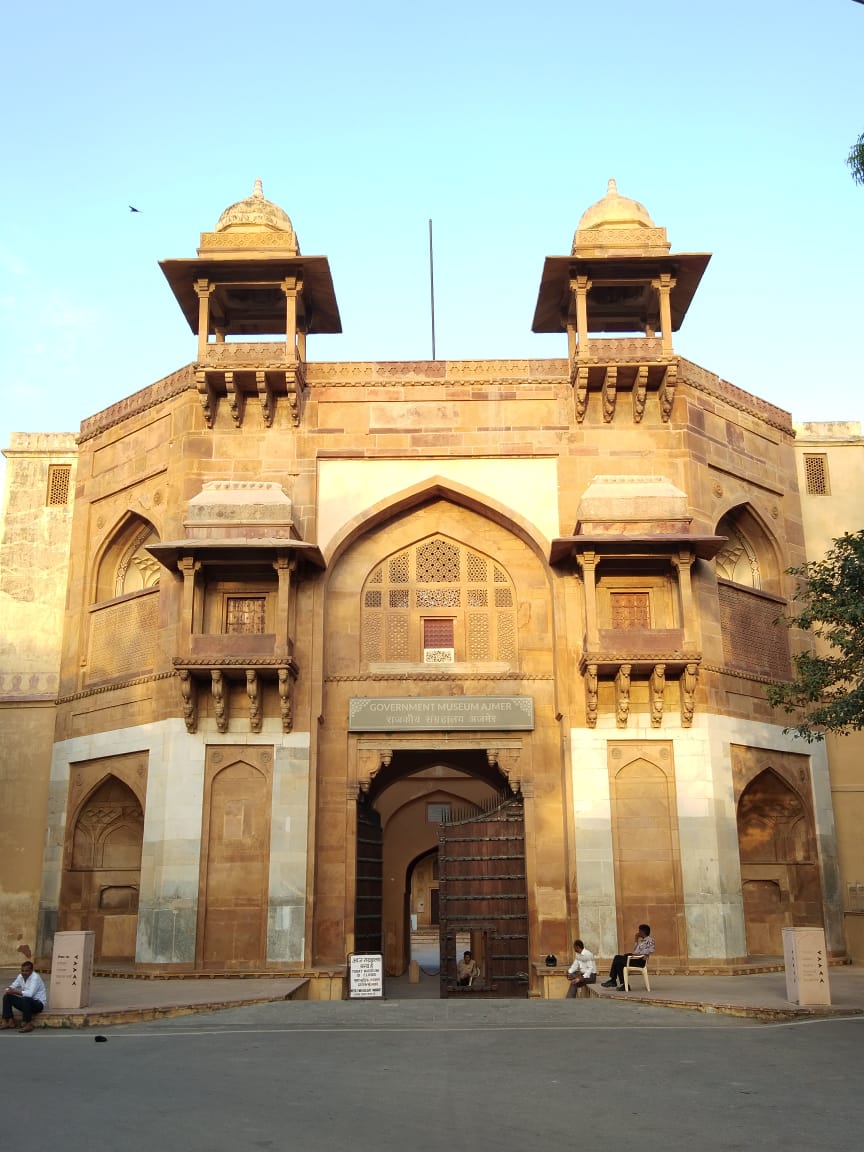
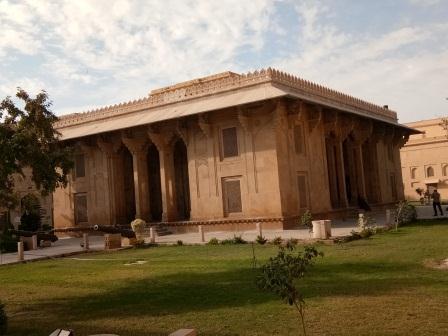
Diwan-e-Khas built by the Mughal king Akbar at Akbari Fort, Ajmer.
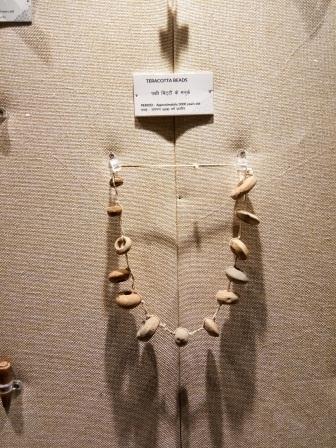
Pictured here is a necklace made out of terracotta beads. Such pieces of jewellery were commonly used by women of the Indo-Harrapa civilisation.
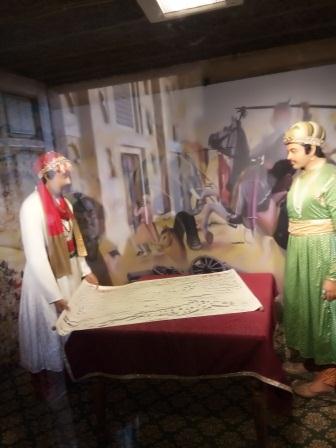
In an effort to recreate an important part of history, the dummies of king Akbar and his minister Mansingh are shown planning an attack on the city of Mewar.
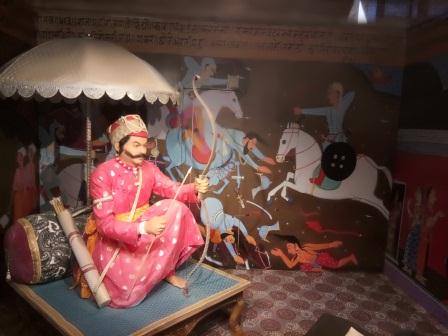
King Prithviraj Chauhan holding a bow and arrow in his hand.
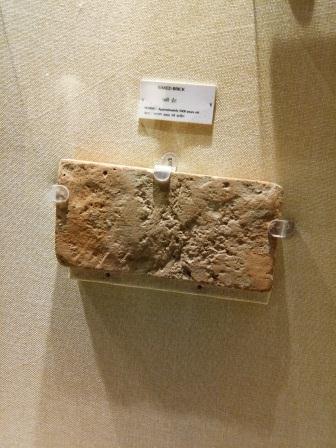
Pictured here is a baked brick which is said to be used during the times of the Harappan Civilisation.
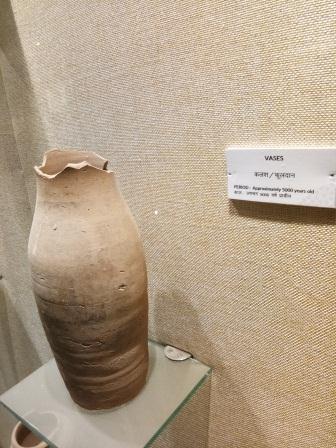
Pictured here is a vase which is said to be used during the times of the Harappan Civilisation.
Foreigner RS - 100
15 minute distance from Ajmer Railway Station
